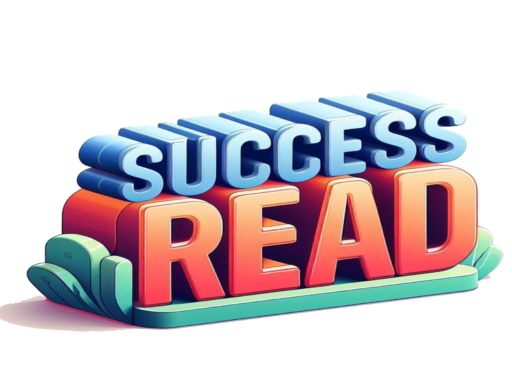
Media outlets don’t wait for us to enter their world; instead, they impose their messages onto ours. Media literacy is the pathway out of this challenge.
Introduction
Media literacy is a skill-based understanding that enables us to recognize, differentiate, and identify various media and their productions. Organizations active in media literacy, such as UNESCO, the European Parliament, and the European Commission, agree on four areas regarding the necessary media skills:
1. Access
2. Analyzing
3. Evaluation
4. Creative production
All these skills enhance personal development, self-awareness, critical thinking, and problem-solving abilities.
Shifting Control from Media to Audience with Media Literacy
Media literacy is a technique through which we can actively engage with media messages and have the power to discern them. Those who need to develop media literacy skills fall prey to the tide of media messages. Thus, media literacy aims to empower individuals to take control of their circumstances away from the media.
The first step in shifting control from media to the audience is understanding how media shapes our mindset. This shaping occurs continuously in two cyclical stages: limiting choices and reinforcing experiences. Meanwhile, the line between our natural and media worlds blurs increasingly. Media outlets don’t wait for us to enter their world; instead, they impose their messages onto ours.
Media Literacy: A Solution to Social Harms Caused by Media
The detrimental effects of various media types, such as illicit media programs, video games, cross-border satellite networks, and misuse of the internet, manifest in academic decline, moral and behavioral issues, and evident social harm among youths.
One way to combat these social harms arising from undesirable media use is through media literacy education. It empowers audiences to have an intelligent and informed interaction with media. With 96% of youth having internet access and a moderate level of media literacy and critical thinking, media literacy can effectively reduce these social harms and promote intelligent internet use. As youth’s media literacy levels increase, the extent of new social harms in virtual spaces decreases. Research results underscore the importance of media education and enhancing media literacy in using various media, especially the internet, as an interactive medium.

Barriers and Solutions to Media Literacy
One fundamental question is, what are the barriers to and solutions for media literacy? Below, we review these barriers and solutions:
Barriers:
1. Lack of necessary communication infrastructure between parents and children
2. Lack of legal flexibility in establishing competitive laws and mandatory supervision in the media sector in Iran
3. Policy makers’ and planners’ disregard for allocating budget lines to media literacy education
4. Parents’ informational and communicative poverty concerning their children
Solutions:
1. Conduct comparative research and studies to provide viable models
2. Introduce media literacy into the national education system
3. Perform oversight and continuous monitoring of media literacy development
4. Allocate budget lines to media literacy education in future budget laws
5. Develop appropriate textbooks and accessible audiovisual programs
6. Employ experienced consultants and specialists in media literacy
7. Establish non-governmental media literacy organizations comprising school teachers, university professors, researchers, and media industry stakeholders
8. Parents’ supervision of children’s TV programs (e.g., limiting viewing of violent programs)
These efforts are crucial in promoting media literacy and mitigating the negative impacts of media on society.

Comments